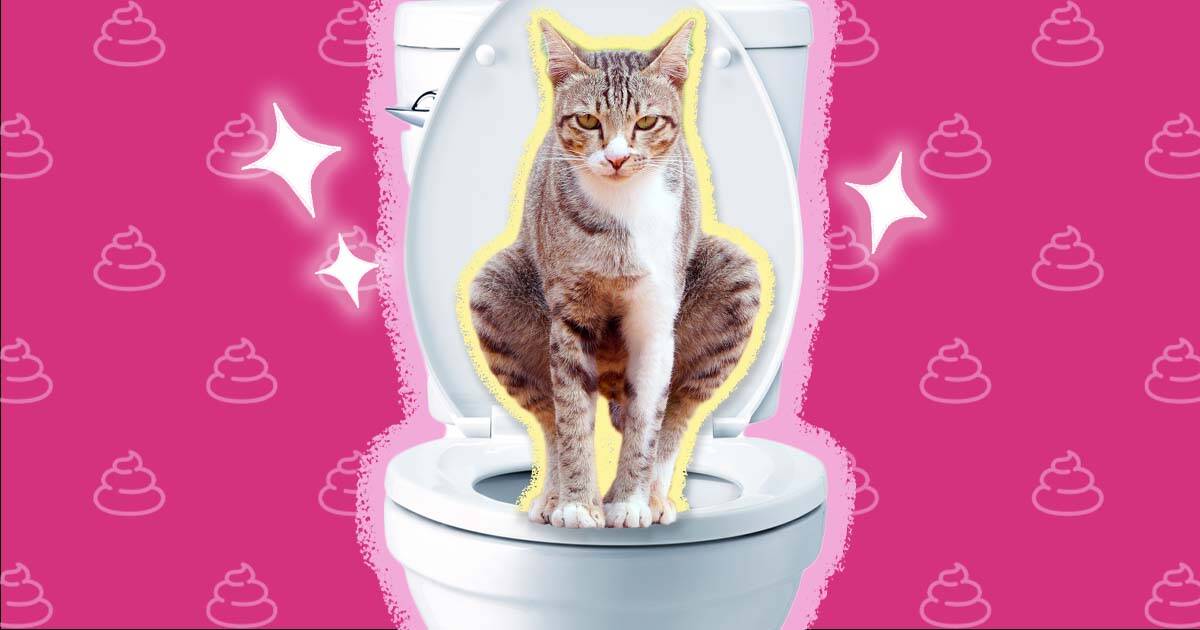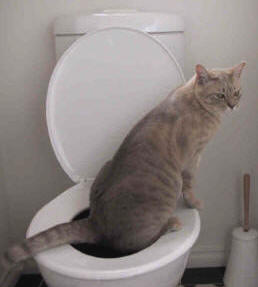Just how do you really feel in regards to 4 Reasons Why Dog Poop Cleanup is Important?

When it comes to disposing of waste, specifically animal waste, many individuals usually turn to the hassle-free option of flushing it down the bathroom. Nonetheless, this apparently very easy solution can have major repercussions for the atmosphere and public health. In this write-up, we'll discover why flushing animal waste down the toilet is a bad idea and provide alternative approaches for proper disposal.
Intro
Correct garbage disposal is crucial for keeping ecological sustainability and public health. While it might seem safe to flush animal waste down the toilet, it can cause numerous concerns, both for the setting and human health.
Dangers of flushing animal waste
Ecological effect
Flushing pet waste presents damaging bacteria and virus into rivers, which can negatively influence water communities. These microorganisms can infect water sources and injury marine life, interfering with delicate environments.
Public health concerns
Animal waste has damaging bacteria such as E. coli and Salmonella, which can position significant health and wellness threats to human beings. Flushing animal waste down the toilet can pollute water supplies, leading to the spread of illness and infections.
Alternatives to flushing
Instead of flushing pet waste down the bathroom, there are several different disposal approaches that are extra environmentally friendly and hygienic.
Composting
Composting pet waste is an environment-friendly method to take care of it. By composting, raw material is broken down right into nutrient-rich soil, which can be used to feed yards and plants.
Landfill disposal
Getting rid of animal waste in a land fill is another alternative. While not as environmentally friendly as composting, it is a safer choice to flushing, as it avoids the contamination of water resources.
Animal garbage disposal systems
There are specific pet waste disposal systems readily available that securely and hygienically get rid of pet waste. These systems frequently make use of enzymes to break down waste and eliminate odors.
Actions to correct animal waste disposal
To make sure correct disposal of pet waste, adhere to these actions:
Scooping and bagging waste
Consistently scoop and bag pet waste making use of naturally more info degradable bags. This prevents waste from contaminating the environment.
Making use of assigned waste bins
Dispose of bagged pet waste in assigned waste bins, such as garden compost containers or landfill bins. Stay clear of flushing it down the toilet whatsoever expenses.
Cleansing can and pet dog locations regularly
Regularly tidy litter boxes and pet locations to stop the accumulation of waste and bacteria. Use pet-safe cleansing products to maintain health.
Benefits of correct disposal techniques
Taking on appropriate disposal approaches for animal waste supplies a number of advantages:
Minimized environmental pollution
Correct disposal techniques lower the danger of environmental pollution, safeguarding rivers and communities from contamination
Lessened threat of water contamination.
By avoiding flushing animal waste down the bathroom, the danger of water contamination is significantly decreased, securing public health.
Boosted hygiene and health
Correct disposal approaches advertise far better hygiene and health, creating a safer setting for both human beings and pets.
Final thought
To conclude, flushing animal waste down the commode is harmful to the environment and public health. By taking on alternative disposal approaches and complying with proper waste monitoring methods, we can reduce the adverse effect of animal waste and add to a cleaner, healthier earth.
What To Do With Dog Poo – The Do's And Don'ts Of Disposing Of Faeces
Dog poo bins
Some councils provide dedicated dog waste bins in popular dog-walking areas that can take dog poo that has been bagged but you can legally dispose of dog waste in any public litter bin, as long as it is securely bagged. This also applies to your wheelie bin at home.
Do not flush
Water companies do not recommend flushing dog faeces down the toilet because certain parasites can survive the water processing treatment and are potentially harmful to humans. You should also never consider flushing dog poo that has been bagged down the toilet as the bags will not break down and instead create severe blockages in the sewage system.
In the woods
The Forestry Commission promotes a ‘stick and flick’ method for dealing with waste in the woods. This means finding a stick and using it to flick any poo from off the path so that it is out of the way of other walkers. You could also bury it as long as it is not in an area where there might be livestock.
Livestock
Parasites found in dog poo can be transmitted to livestock if they inadvertently eat infected faeces that has been left on grazing land. This could result in the death of sheep or abortion in cattle so you should always make sure you pick up your dog’s waste in fields where livestock could be present.

Regularly tidy litter boxes and pet locations to stop the accumulation of waste and bacteria. Use pet-safe cleansing products to maintain health.
Benefits of correct disposal techniques
Taking on appropriate disposal approaches for animal waste supplies a number of advantages:
Minimized environmental pollution
Correct disposal techniques lower the danger of environmental pollution, safeguarding rivers and communities from contamination
Lessened threat of water contamination.
By avoiding flushing animal waste down the bathroom, the danger of water contamination is significantly decreased, securing public health.
Boosted hygiene and health
Correct disposal approaches advertise far better hygiene and health, creating a safer setting for both human beings and pets.
Final thought
To conclude, flushing animal waste down the commode is harmful to the environment and public health. By taking on alternative disposal approaches and complying with proper waste monitoring methods, we can reduce the adverse effect of animal waste and add to a cleaner, healthier earth.
What To Do With Dog Poo – The Do's And Don'ts Of Disposing Of Faeces
Dog poo bins
Some councils provide dedicated dog waste bins in popular dog-walking areas that can take dog poo that has been bagged but you can legally dispose of dog waste in any public litter bin, as long as it is securely bagged. This also applies to your wheelie bin at home.
Do not flush
Water companies do not recommend flushing dog faeces down the toilet because certain parasites can survive the water processing treatment and are potentially harmful to humans. You should also never consider flushing dog poo that has been bagged down the toilet as the bags will not break down and instead create severe blockages in the sewage system.
In the woods
The Forestry Commission promotes a ‘stick and flick’ method for dealing with waste in the woods. This means finding a stick and using it to flick any poo from off the path so that it is out of the way of other walkers. You could also bury it as long as it is not in an area where there might be livestock.
Livestock
Parasites found in dog poo can be transmitted to livestock if they inadvertently eat infected faeces that has been left on grazing land. This could result in the death of sheep or abortion in cattle so you should always make sure you pick up your dog’s waste in fields where livestock could be present.

I was shown that article on 4 Reasons Why Dog Poop Cleanup is Important from a good friend on a different web property. Do you know another person who is sincerely interested in the subject? Take a moment to share it. Thank you so much for your time spent reading it.
Request Estimate